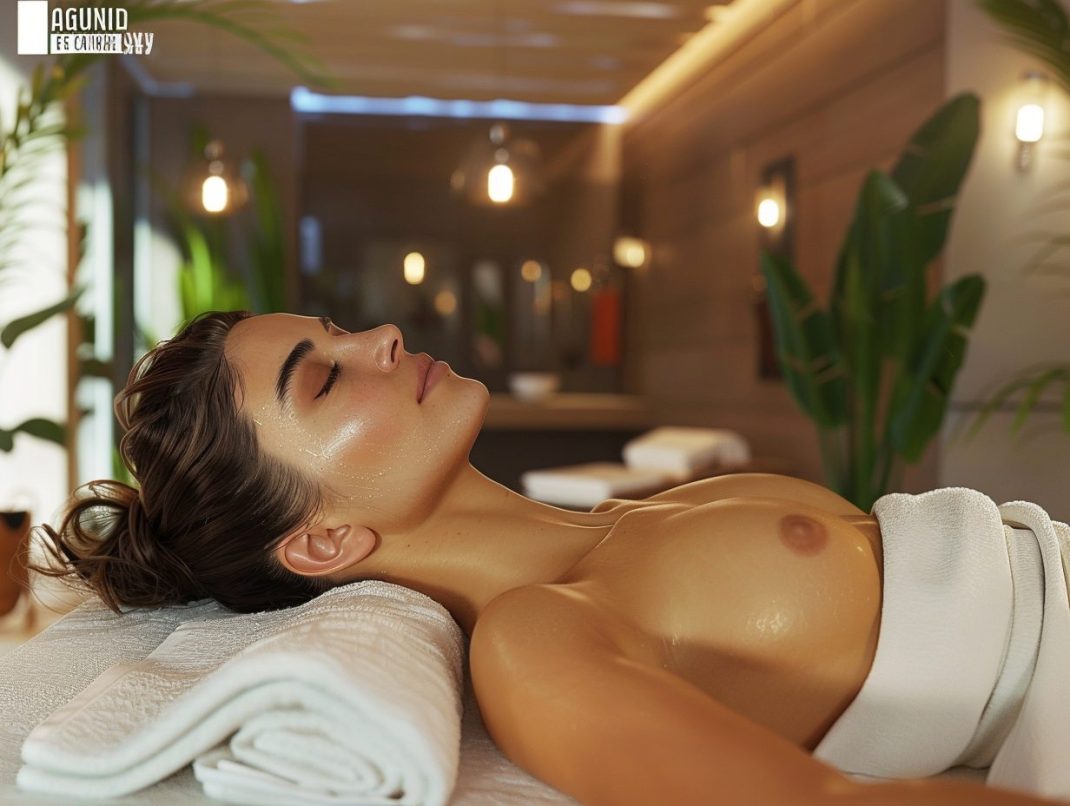Craving a profound transformation? A meditation retreat beckons, a sacred space to delve into the uncharted territory of your own soul. Imagine a journey inward, where you’ll shed the noise and rediscover the vibrant melody of your inner being.
“A Journey Within: Your Guide To 10 Meditation Retreat Expectations” acts as your compass for this life-altering adventure. This guide unveils the secrets that await within the serene walls of a retreat – the structured schedule that becomes a framework for self-discovery, the guided meditations that ignite your inner light, and the precious moments of personal reflection where you reconnect with your authentic self.

But the magic goes beyond solitude. Prepare to embrace the warmth of a supportive community, a gathering of like-minded souls seeking solace and growth. Imagine the profound stillness of silence, a fertile ground for awakening inner peace. Experienced teachers become your guides, offering practical tools and wisdom to nurture your blossoming awareness.
With “A Journey Within” in hand, you’ll approach your retreat with open arms, ready to receive the transformative power it holds. Embrace these expectations not as limitations, but as stepping stones on your path to self-discovery. This is your chance to shed layers, unearth hidden potential, and cultivate the joy and wisdom that resides within. Are you ready to embark on the most profound adventure of all – a journey within?
Here are the top 10 attractions to spa therapy in stress management, along with explanations of how each attraction contributes to unwinding and recharging:
1. Massage Therapy: Massage therapy is a cornerstone of spa therapy, offering a variety of techniques such as Swedish, deep tissue, and hot stone massages. Massage helps relieve muscle tension, reduce stress hormones, and promote relaxation, providing immediate relief from physical and mental stressors.
2. Hydrotherapy: Hydrotherapy involves the use of water in various forms, such as hot tubs, saunas, and steam rooms, to promote relaxation and alleviate stress. Immersion in warm water helps soothe tired muscles, improve circulation, and induce a state of calmness and relaxation.
3. Aromatherapy: Aromatherapy utilizes essential oils derived from plants to enhance physical and emotional well-being. In spa therapy, aromatherapy may involve diffusing essential oils, incorporating them into massage oils, or adding them to bathwater. The inhalation of aromatic scents can help reduce stress, uplift mood, and promote relaxation.
4. Facial Treatments: Facial treatments offer not only skin benefits but also relaxation and stress relief. Spa facials typically involve cleansing, exfoliation, and moisturization, along with massage techniques to promote circulation and lymphatic drainage. The gentle touch and soothing ambiance of facial treatments help melt away tension and rejuvenate the skin.
5. Yoga and Meditation: Many spas offer yoga and meditation classes as part of their wellness offerings. These practices help quiet the mind, reduce stress, and promote a sense of inner peace and well-being. By incorporating mindfulness into spa therapy, individuals can cultivate resilience and better cope with stressors.
6. Mindfulness Activities: Beyond yoga and meditation, spas may offer mindfulness workshops, guided relaxation sessions, or nature walks to help guests cultivate present-moment awareness and reduce stress. These activities provide tools and techniques for managing stress and promoting overall well-being.
7. Healthy Cuisine: Spa cuisine emphasizes fresh, nutritious foods that support overall health and well-being. Guests can enjoy delicious and nourishing meals that fuel the body and promote vitality. Eating well is an essential aspect of stress management, as proper nutrition supports physical and mental resilience.
8. Fitness Activities: Many spas offer fitness facilities and classes to help guests stay active and energized. From group exercise classes to personal training sessions, fitness activities provide opportunities to release tension, boost mood, and improve overall fitness levels, all of which contribute to stress management.
9. Nature Immersion: Some spas are located in natural settings, such as mountains, forests, or seaside locations, offering guests the opportunity to connect with nature. Spending time outdoors has been shown to reduce stress, lower blood pressure, and improve mood, making nature immersion a powerful stress management tool.
10. Relaxation Spaces: Finally, spas provide dedicated relaxation spaces such as lounges, meditation rooms, or outdoor gardens where guests can unwind and recharge between treatments. These serene environments offer respite from the hustle and bustle of daily life, allowing guests to rest, rejuvenate, and restore balance to body and mind.
These attractions to spa therapy in stress management provide a holistic approach to unwinding and recharging, addressing physical, mental, and emotional aspects of well-being. By incorporating massage, hydrotherapy, aromatherapy, and other relaxation techniques into spa experiences, individuals can effectively manage stress and promote overall health and vitality.


